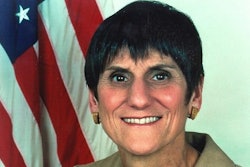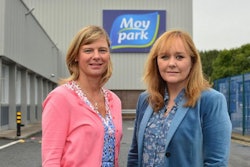
Like many professionals working either for poultry companies or for industry suppliers, part of my fascination with the poultry industry has been the never-ending quest to use every branch of science and technology to make continuous progress toward safer and more affordable poultry products. Anecdotal evidence for improvement is never enough for this industry, everything is put to the test whether in the lab or in field trials; poultry folks require hard data.
The poultry industry’s success applying science to develop and evaluate new technologies is now being challenged in today’s environment where everyone has a smart phone and consumers get a lot of their “misinformation” from social media. Dr. Temple Grandin, animal science professor, Colorado State University, and Dr. Michael Blackwell, chief veterinarian, the Humane Society of the United States, both presented their perspectives on poultry welfare at the Delmarva Poultry Industry’s National Meeting on Poultry Heath, Processing and Live Production in Ocean City, Maryland on September 29. Their main point of agreement was that science was important, but that consumer perception would ultimately decide what would constitute good/acceptable animal welfare practices.
Grandin, who has designed equipment used at many feedlots and cattle slaughter facilities, said that sound science alone isn’t enough to maintain a current industry practice. She said that if you can’t bring in 10 average people that you would meet at an airport and show them the practice and have them understand and approve of it, than you better be thinking of another way to do it.
Blackwell used the same “10 people at the airport analogy” as Grandin had to describe the veto power of the consumer on what will constitute acceptable welfare practices for poultry and livestock in the future. Unfortunately, I think Grandin and Blackwell are correct. Animal rights activists have been using this knowledge to target specific industry practices, and one by one they have been successful in picking them off.
Doubling down on the science doesn’t work, the industry needs to win the video wars. Grandin said that trying to ban cell phones from processing plants and farms is a hopeless exercise, because industry employees will bring their phones in no matter what the rules are. The reality is the industry has to modify all practices and facilities that aren’t ready to star on YouTube.
As poultry producers strive to make welfare improvements at their facilities, Grandin had a reminder about the importance of people in the process. She said that the industry can’t fix everything with engineering, even excellent designs can be defeated by poor management.


















